My Silk Road Trip was indeed a memorable one. To break it down, we made 11 stops along the famed route and they are the following:
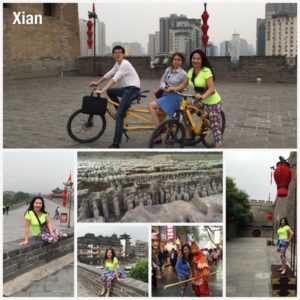
Click here for the slideshow with more pictures from this trip:
1st Stop – “Xian” (508 km travelled)
Xian in the Shaan Xi province is one of the main starting points for those that travel the Silk Road. A main highlight is seeing the Terra Cotta Warriors heritage site. These sculptures formed an army comprising of roughly 8000 soldiers, 130 chariots and 520 horses were created by China’s first Emperor, Chin Shih Huang Di and they served as his guardians in death.

A second main highlight was climbing Hua Shan Mountain, one of China’s five great mountains. I had seen it in many kung fu movies over the last 3 decades. Back in ancient times the mountain was used for annual martial arts competitions. It was a very steep climb where we had to crawl on all fours in many places. The trek was tiring but definitely worth it.
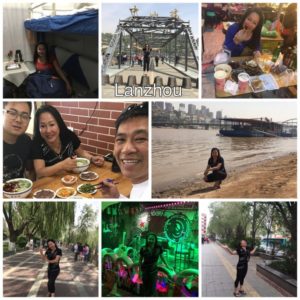
2nd Stop – “Lanzhou” (216 km travelled)
Stopped at Lanzhou in the Gansu Province to taste hand-made noodles and to see the famous Yellow River before taking the high-speed train to Xining.

3rd Stop – “Xining” (700 km travelled)
After getting off the high-speed train, we traveled to the famous salt-water Qinghai lake that stretches 360 km long. It was unfortunate however, that we weren’t able to see full view of the sky alongside the lake as it was rainy when we were there.
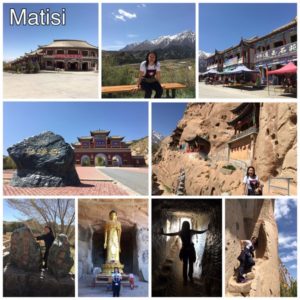
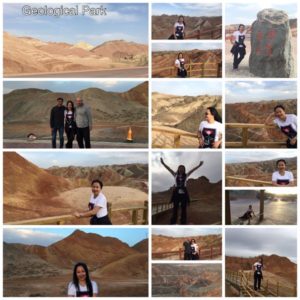
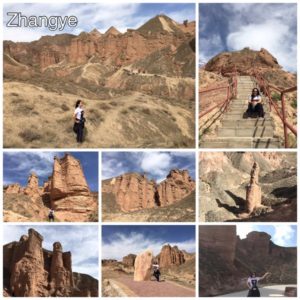
4th Stop “Zhang Ye” (341 km travelled)
We made our 4th stop at Zhang Ye in the Gansu Province. Here we saw China’s own Grand Canyon. There were two geological parks that featured majestic rock formations with unique colors, shapes and sizes. I did not expect it to be as beautiful as it was.
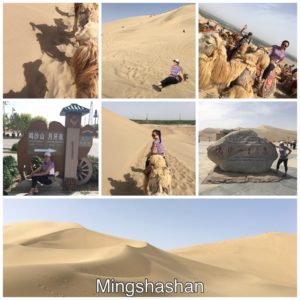
5th Stop “Dun Huang” (590 km Travelled)
Our next stop was at Dun Huang, where we intended to see the famed Dunhuang Mogao Grottoes. This UNESCO heritage site has a total of 735 caves in total, built and used for meditation by Buddhist monks since the 4th Century AD. The monks that resided here dedicated their entire lives drawing and painting on the walls while pursuing their ascetic lifestyles. The last cave was built in the 4th century. In total, these caves have had over a thousand years of use and survived 10 dynasties.
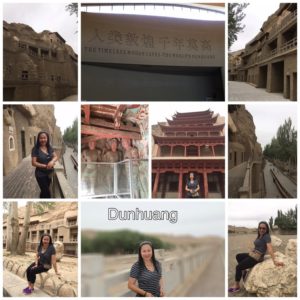
Dun Huang was abandoned again in the 1600s. In the 1800s, a number of Han Chinese moved here and repopulated the area. It was formally protected by the Chinese government through the establishment of the Dun Huang Academy in 1944 and became open to the public in 1979. It became a UNESCO Heritage site in 1987 alongside the Terra Cotta Warriors in Xian and the Forbidden City in Beijing.
In order to protect the caves, set humidity levels have been identified by the authorities, and the humidity level dictates which caves are allowable for visit to the public. The site allows for only 6,000 visitors per day maximum, and pre-bookings have to be made during peak seasons. Each cave can allow for thirty people max but only for 3 minutes. This limitation is in place so as not to alter the natural humidity of each cave.

Another Dun Huang highlight was the tenting in the desert plus camel back riding. The desert area is estimated to be 40km by 20km.
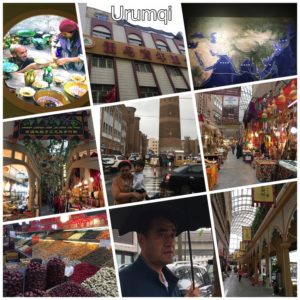

6th Stop “Urumqi” (983 km Travelled)
China’s westernmost province was our 6th Stop on our SIlk Road Adventure. I had a great dose of culture shock in the area. The general population didn’t even look Chinese, they seemed more Middle-Eastern. I really did not like the vibe and the energy of the place so we made our way to Sichuan after four days instead of the eight that we had originally planned.

7th Stop “Turpan” (230 Km Travelled)
Prior to arriving in Sichuan, we decided to drop by Turpan in the Xinjiang province. We took a 14-hour day tour around the city and surrounding environs which allowed us to experience a great deal of what the area had to offer. We visited its famous vineyards known for producing over 300 varieties of grapes. We also went to the Karez Underground Museum, winery and volcanoes. Plus we experienced the culture of a local ethnic minority in the area. It was all very interesting.
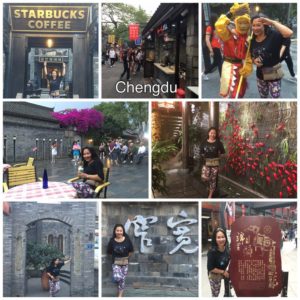
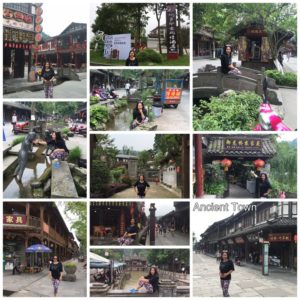

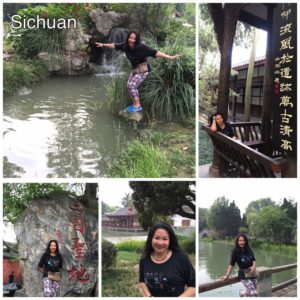

8th Stop “Chengdu” (2058 km Travelled)
Chengdu City in the Sichuan Province was our 8th stop. It is known for being the most laid back city in all of China. People here were very friendly and accommodating. The vibe in the city is totally the opposite of Urumqi’s where people would barely make eye-contact. Great, positive energy from this city.
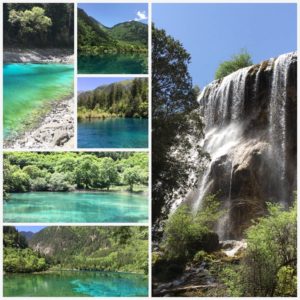
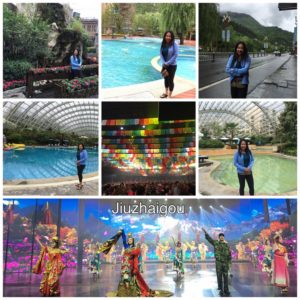
9th Stop “Jiuzhaigou” (520 km Travelled)
One of our most memorable stops, the valley Jiuzhaigou which literally translates to: “Valley of Nine Fortified Villages” is a nature reserve in the northern part of the Sichuan Province.
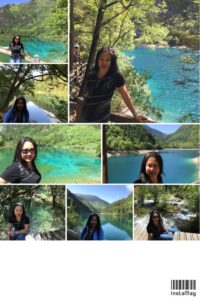
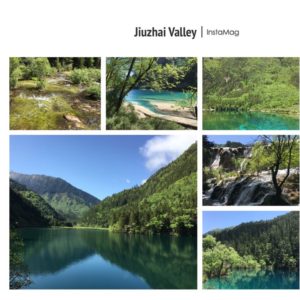
The valley is one of China’s UNESCO World Heritage Sites. It is known for it’s multi-level waterfalls, colorful lakes and snow-capped peaks. Elevation here is generally between 2,000-4,500 meters.

10th Stop “Shenzhen” (1342 km Travelled)
Our 10th stop was the bustling metropolis of Shenzhen City. I had been here on numerous occasions already. We decided to be a “spa bum” for 48 hours to end our trip in China. Very relaxing as always!

11th Stop “Hong Kong”
We made a brief visit to Hong Kong to visit friends prior to heading back to Vancouver. Had a blast!
Click here for the slideshow with more pictures from this trip:
